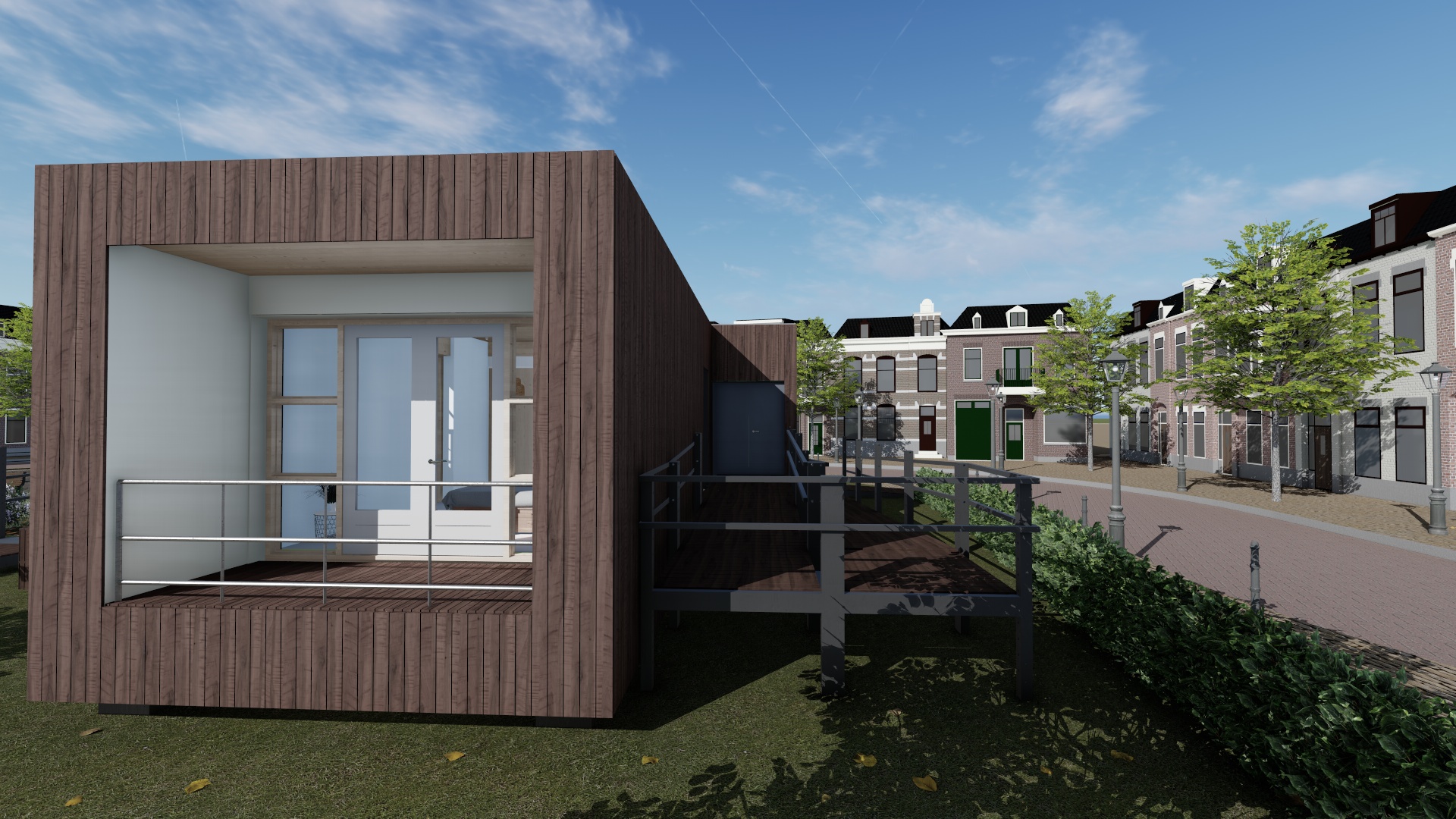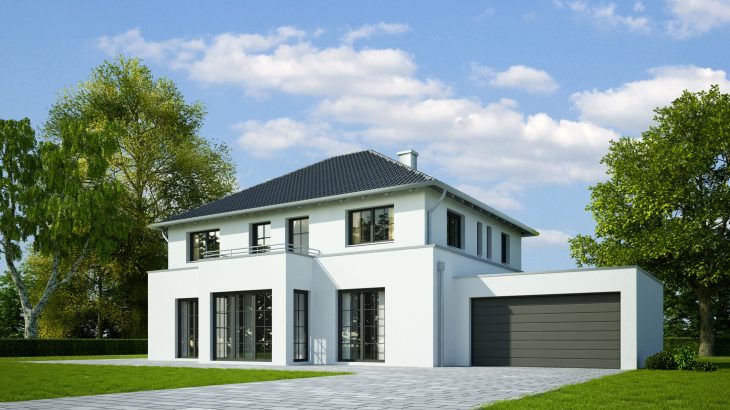House rendering is the process of applying a mixture of cement, sand, and water, known as render, to the exterior walls of a building. Rendering is a popular option for homeowners who want to improve the look and durability of their home’s exterior. This process not only provides a protective layer to the building but also enhances its aesthetic appeal. Here’s everything you need to know about house rendering in construction.
Types of Rendering

Cement Rendering
Cement rendering is the most popular type of rendering, and it involves applying a mixture of cement, sand, and water to the exterior walls of a building. This type of rendering is known for its strength, durability, and weather resistance. It’s ideal for buildings located in areas with harsh weather conditions. Cement rendering can be used on a variety of surfaces, including brick, concrete, and stone.
Acrylic Rendering
Acrylic rendering is a more modern type of rendering that uses a mixture of acrylic and cement. This type of rendering is known for its flexibility and ability to resist cracking. Acrylic rendering is also water-resistant, which makes it ideal for use in areas that receive heavy rainfall. It’s available in a variety of colors, textures, and finishes, making it a popular choice for homeowners who want to customize their home’s exterior.
Lime Rendering
Lime rendering is a traditional type of rendering that uses lime, sand, and water. This type of rendering is breathable, which means it allows water vapor to escape, preventing moisture buildup and the growth of mold and mildew. Lime rendering is ideal for use on older buildings that have solid walls and no damp-proof courses.
Polymer Rendering
Polymer rendering is a type of rendering that uses a mixture of polymer and cement. This type of rendering is known for its flexibility, durability, and ability to resist cracking. Polymer rendering is also water-resistant, which makes it ideal for use in areas that receive heavy rainfall. It’s available in a variety of colors, textures, and finishes, making it a popular choice for homeowners who want to customize their home’s exterior.
Benefits of House Rendering

Protection from the Elements
One of the main benefits of house rendering is that it provides protection from the elements. The render acts as a barrier between the building and the outside environment, preventing moisture from seeping in and causing damage to the structure. This is especially important in areas that receive heavy rainfall or are prone to harsh weather conditions.
Increased Durability
House rendering can significantly increase the durability of a building. The render layer provides an extra layer of protection to the exterior walls, preventing damage from the elements and general wear and tear. This can help prolong the life of the building and reduce maintenance costs in the long run.
Improved Energy Efficiency
House rendering can also improve the energy efficiency of a building. The render layer helps to insulate the building, keeping it warm in the winter and cool in the summer. This can help reduce energy bills and make the building more environmentally friendly.
Enhanced Aesthetic Appeal
Rendering can greatly enhance the aesthetic appeal of a building. There are a variety of finishes and textures available, allowing homeowners to customize the look of their home’s exterior. Render can also cover up imperfections in the exterior walls, giving the building a more polished and finished appearance.
How to Render a House

Surface Preparation
Before rendering a house, the surface must be cleaned thoroughly. Any loose or flaking paint, dirt, or debris should be removed. If there are any cracks or holes in the walls, they should be filled in with a suitable filler.
Applying the Render
The render should be applied in thin layers using a trowel. Each layer should be applied evenly and allowed to dry before the next layer is added. Depending on the type of render being used, multiple layers may be required to achieve the desired thickness. The thickness of the render can vary depending on the desired finish, but typically ranges from 5mm to 20mm.
Once the final layer has been applied, the render should be left to dry for several days. During this time, it’s important to protect the render from the elements, such as rain and direct sunlight, as this can affect the drying process and the quality of the finish.
After the render has dried, it can be painted or textured to achieve the desired look. Some homeowners choose to leave the render unpainted for a natural look, while others may opt for a more colorful or textured finish. The choice of paint or texture will depend on personal preference and the overall design of the home.



















